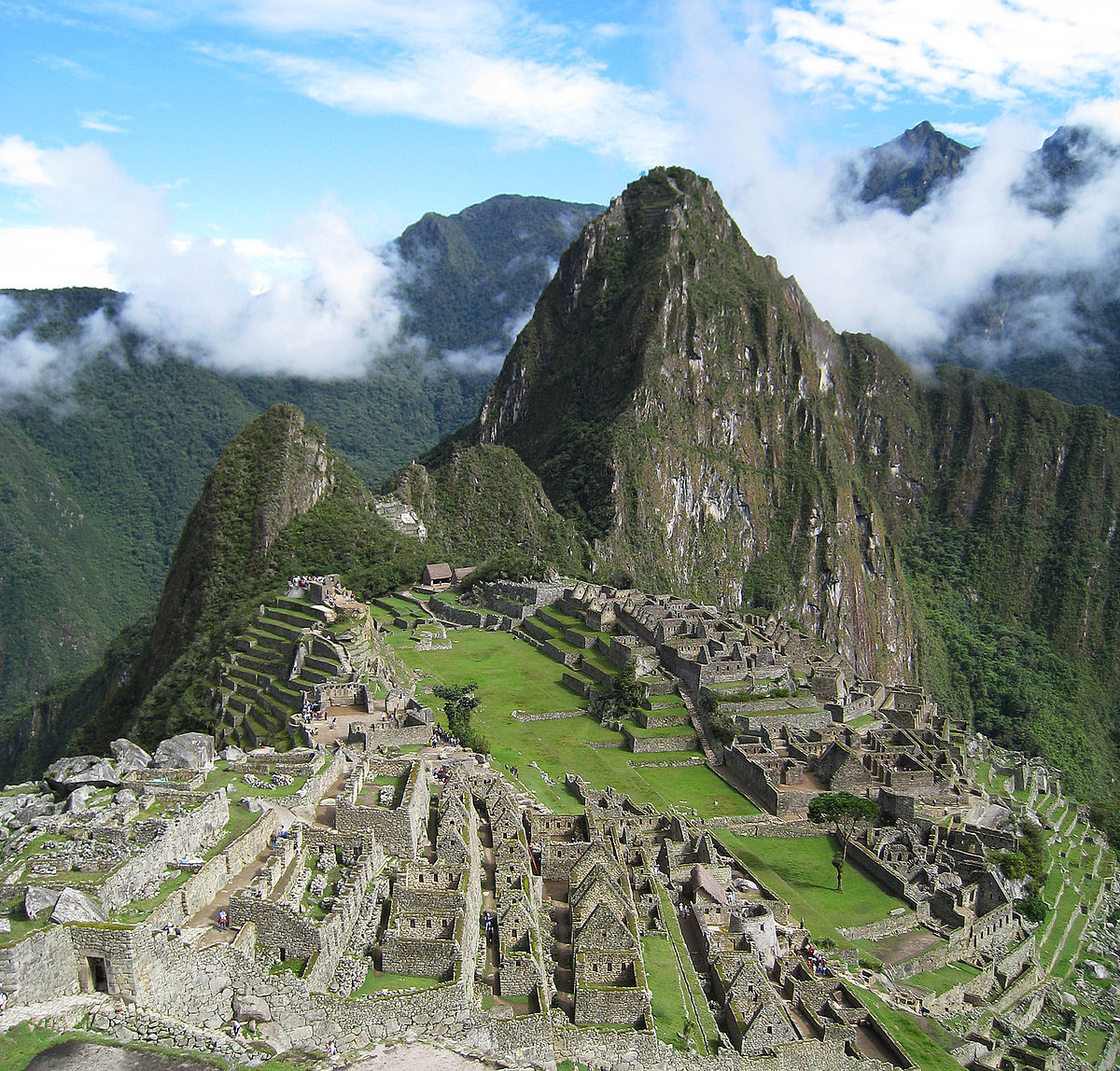PERU HISTORY
Peru is located in the western South America, extends for nearly 1,500 mi (2,414 km) along the Pacific Ocean. Colombia and Ecuador are to the north, Brazil and Bolivia to the east, and Chile to the south. Five-sixths the size of Alaska, Peru is divided by the Andes Mountains into three sharply differentiated zones. To the west is the coastline, much of it arid, extending 50 to 100 mi (80 to 160 km) inland. The mountain area, with peaks over 20,000 ft (6,096 m), lofty plateaus, and deep valleys, lies centrally. Beyond the mountains to the east is the heavily forested slope leading to the Amazonian plains.
Peru was once part of the great Incan Empire and later the major vice-royalty of Spanish South America. It was conquered in 1531–1533 by Francisco Pizarro. On July 28, 1821, Peru proclaimed its independence, but the Spanish were not finally defeated until 1824.
Peru is best known as the heart of the Inca Empire, but it was home to many diverse indigenous cultures long before the Incas arrived. Although there is evidence of human habitation in Peru as long ago as the eighth millennium BC, there is little evidence of organized village life until about 2500 BC. It was at about this time that climatic changes in the coastal regions prompted Peru’s early inhabitants to move toward the more fertile interior river valleys. For the next 1500 years, Peruvian civilization developed into a number of organized cultures, including the Chavìn and the Sechìn.
Peru’s population of about 27 million is divided almost equally between the highlands and the population centers of the coast, and the division marks a sharp cultural as well as geographic divide. The inland regions are marked by extreme poverty and subsistence agriculture, while the fertile river valleys of the lowlands have produced a wealthier, more cosmo- politan culture. Almost half of Peru’s people are Indian, while another one third or so are mestizo. About ten percent are of European descent, and there are significant African and Asian minorities. Although Spanish is Peru’s official language, a multitude of indigenous languages continue to hold sway in the highlands.
Peru Geography
Peru, in western South America, extends for nearly 1,500 mi (2,414 km) along the Pacific Ocean. Colombia and Ecuador are to the north, Brazil and Bolivia to the east, and Chile to the south. Five-sixths the size of Alaska, Peru is divided by the Andes Mountains into three sharply differentiated zones. To the west is the coastline, much of it arid, extending 50 to 100 mi (80 to 160 km) in land. The mountain area, with peaks over 20,000 ft (6,096 m), lofty plateaus, and deep valleys, lies centrally. Beyond the mountains to the east is the heavily forested slope leading to the Amazonian plains.
Peru Land area: 494,208 sq mi (1,279,999 sq km); total area: 496,223 sq mi (1,285,220 sq km)
Peru Population: (2011 est.): 29,549,517 (growth rate: 1.02%); birth rate: 19.13/1000; infant mortality rate: 21.5/1000; life expectancy: 72.73




